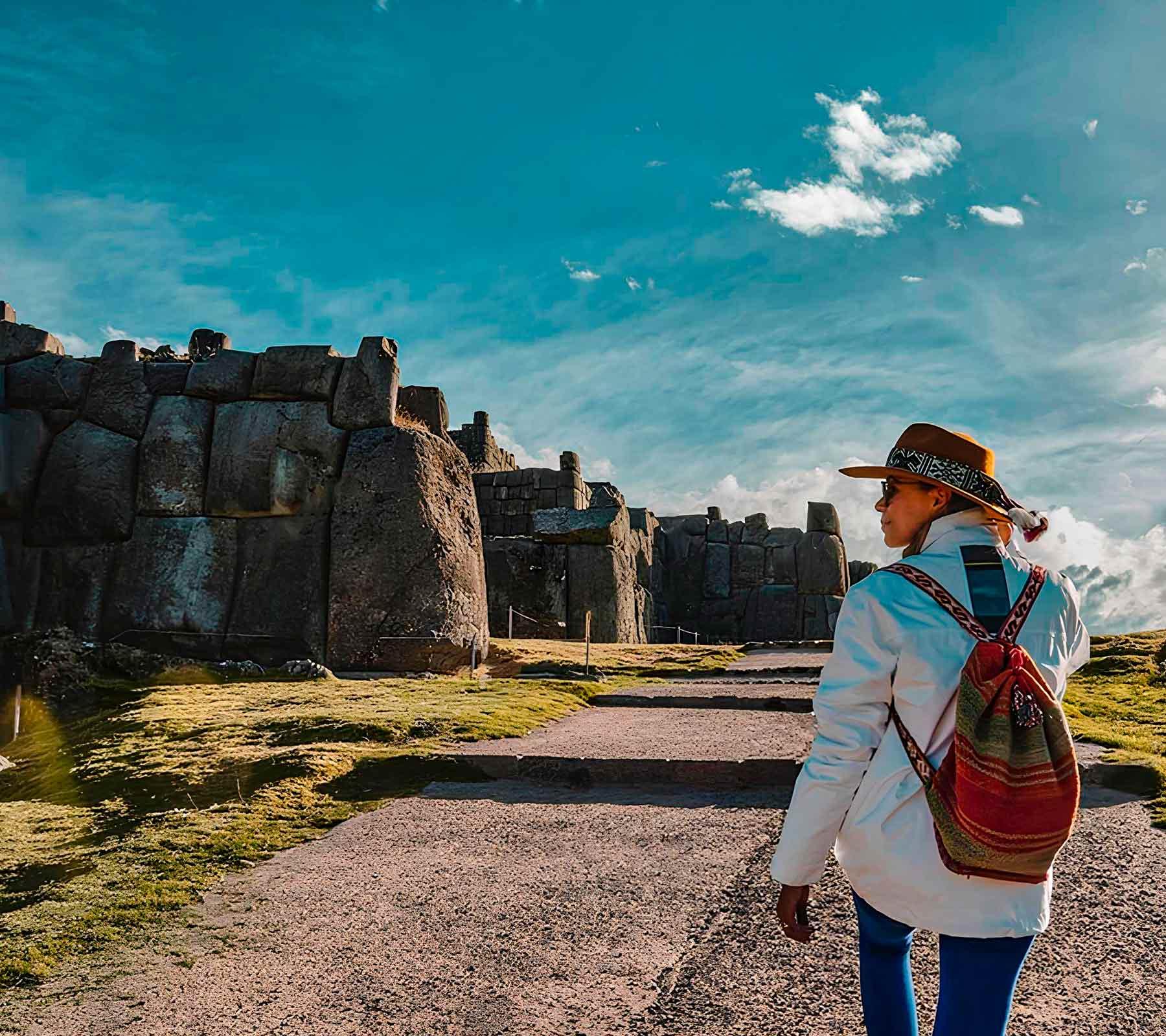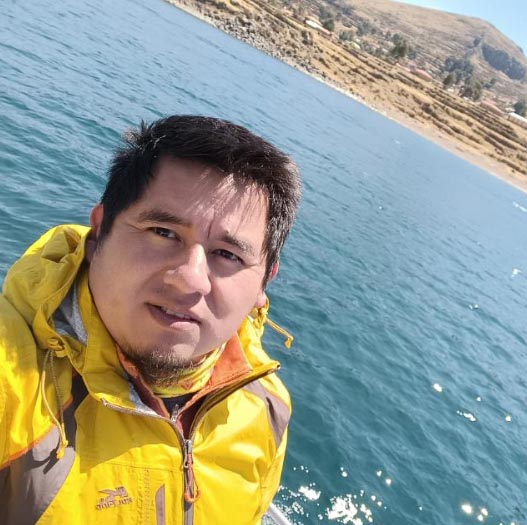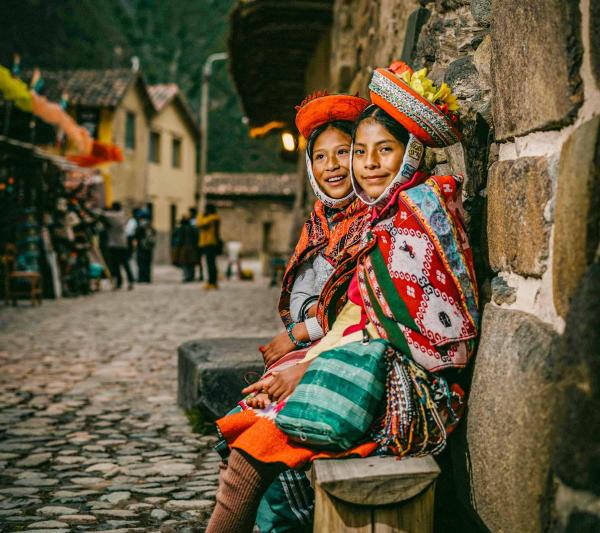Sacsayhuaman is a ceremonial complex of the Inca Empire located on the northern outskirts of the city of Cusco, Peru, the historic capital of the Inca Empire. The site is renowned for its massive, intricately cut stone walls, constructed using a technique known as ashlar, where stones are cut to fit together without mortar so tightly that not even a blade of grass can fit between them. These impressive stone blocks, some of which weigh over 100 tons, are a testament to Inca engineering skills.
The exact purpose of Sacsayhuaman remains somewhat unclear, but it is generally believed to have been a religious and ceremonial site, as well as a military complex or fortress. Its strategic location, overlooking the city of Cusco, suggests it played a key role in the defense of the capital. The complex includes a variety of structures, including towers, walls, and gates, arranged in a zigzag pattern, which some interpret as a representation of the teeth of a puma, with Cusco often thought of as shaped like a puma.
Sacsayhuaman is also famous for the Inti Raymi festival, a traditional Inca sun festival that is re-enacted annually on June 24th. This festival, which celebrates the winter solstice and honors the sun god Inti, attracts thousands of visitors from around the world.
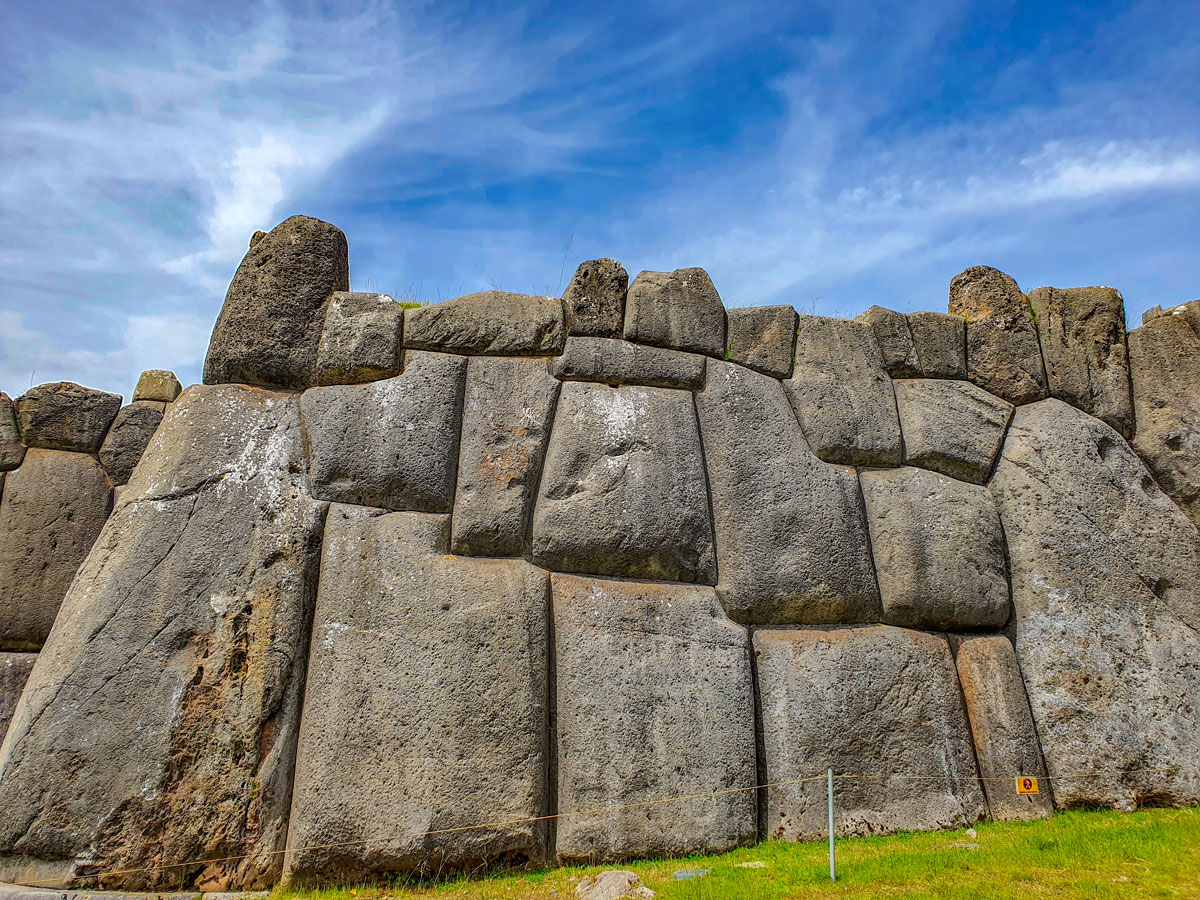 |
Sacsayhuaman |
The history of Sacsayhuaman
Sacsayhuaman is an architectural and historical marvel from the 15th century, located on the outskirts of Cusco, Peru, built under the Inca emperors Pachacuti, Tupac Inca Yupanqui, and Huayna Capac. Famous for its massive limestone boulders, expertly cut and fitted without mortar, it showcases the Inca's advanced engineering skills. Constructed using the labor of thousands under the mit'a system, Sacsayhuaman served dual purposes: as a fortress protecting Cusco and a religious site for ceremonies, reflecting its significance in military, religious, and astronomical aspects of Inca culture.
During the Spanish conquest in 1536, it was a key defensive site for the Inca in the battle against Spanish conquistadors, eventually falling into their hands. The Spanish dismantled parts of it for building materials, yet much of the site remains, symbolizing Inca ingenuity and resilience. Today, Sacsayhuaman is a crucial archaeological site, attracting those interested in the Inca Empire's history and architectural achievements, and stands as a testament to the indigenous spirit and pride.
Best attractions of Saqsayhuaman
When visiting Sacsayhuaman, you'll encounter a fascinating array of features and structures that offer insight into Inca architecture, engineering, and culture:
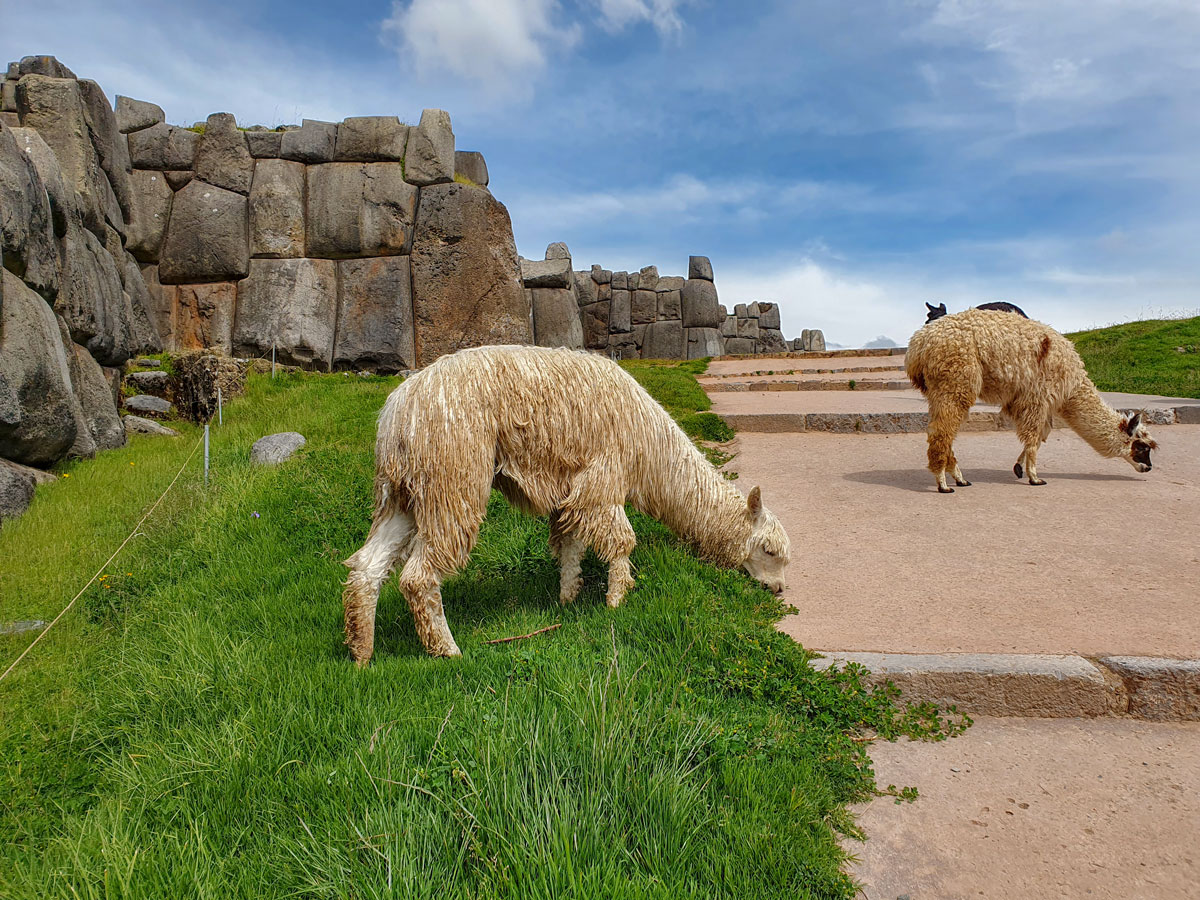 |
Sacsayhuaman, Cusco |
Massive Stone Walls: The site is renowned for its large, precisely cut stone walls, assembled without mortar. These walls, some stones of which weigh over 100 tons, are a testament to the Inca's advanced construction techniques.
Zigzagging Walls: The most famous feature of Sacsayhuaman is its series of zigzagging walls that stretch across the complex. These walls are believed to represent the teeth of a puma, symbolizing the animal's strength and power. The puma is also thought to represent the layout of Cusco itself, with Sacsayhuaman forming the head.
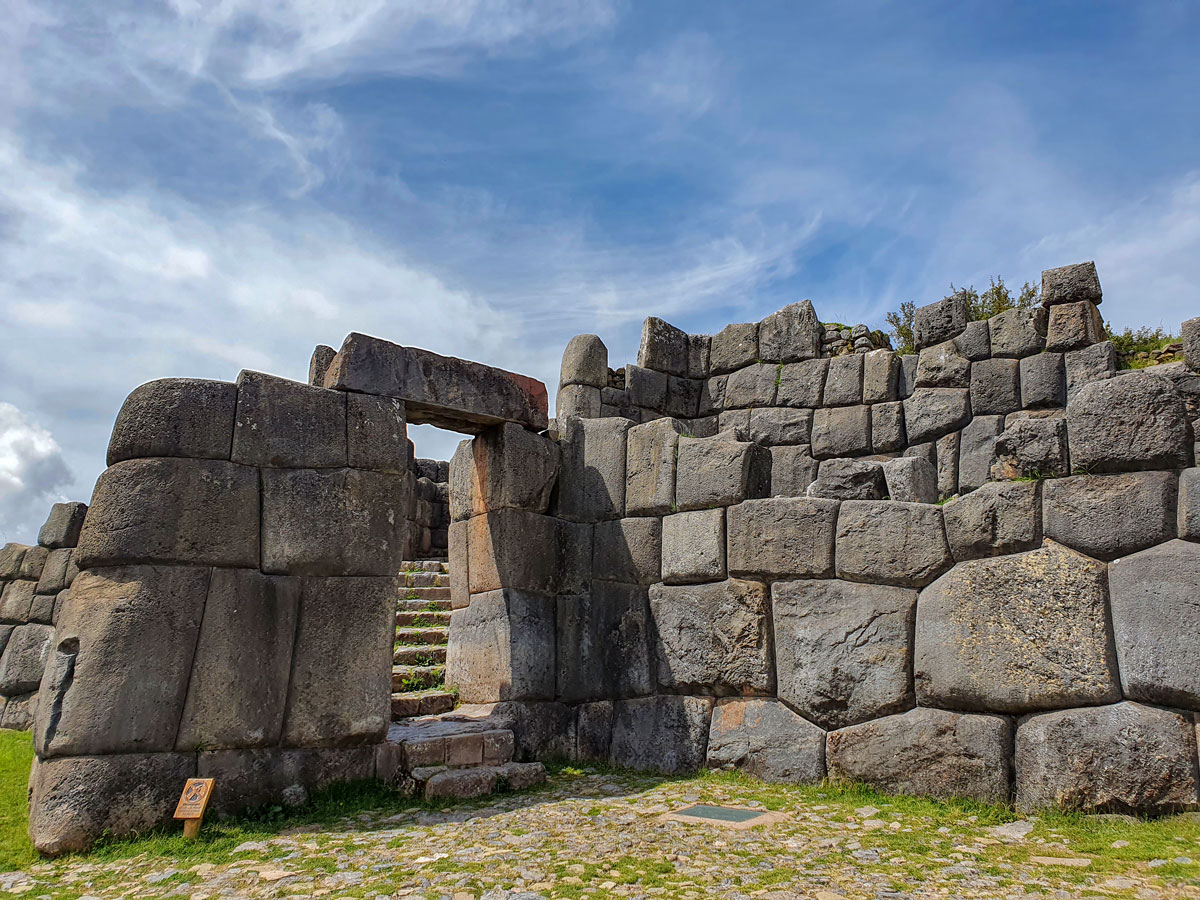 |
Sacsayhuaman, Peru |
Towers: Although much of the original structures have been dismantled or destroyed, historical records and excavations indicate that Sacsayhuaman once featured three large towers (Muyucmarca, Sallaqmarca, and Paucamarca), which were used for military and ceremonial purposes.
Rodadero Hill: A natural formation of diorite rock, smoothed over time, which is believed to have been used as a slide or for ceremonial purposes.
The Throne of the Inca: A series of carved seats found within the complex. It is thought that these seats were used by Inca nobility during ceremonies or gatherings.
Chincanas: These underground tunnels or caves are part of the site's mystique, with some believing they connected Sacsayhuaman to other important Inca sites.
Intihuatana: A stone structure believed to have been used as an astronomical clock or calendar, aligning with the sun during certain solar events.
Panoramic Views: From its elevated position, Sacsayhuaman offers breathtaking views of Cusco and the surrounding landscapes, illustrating its strategic importance.
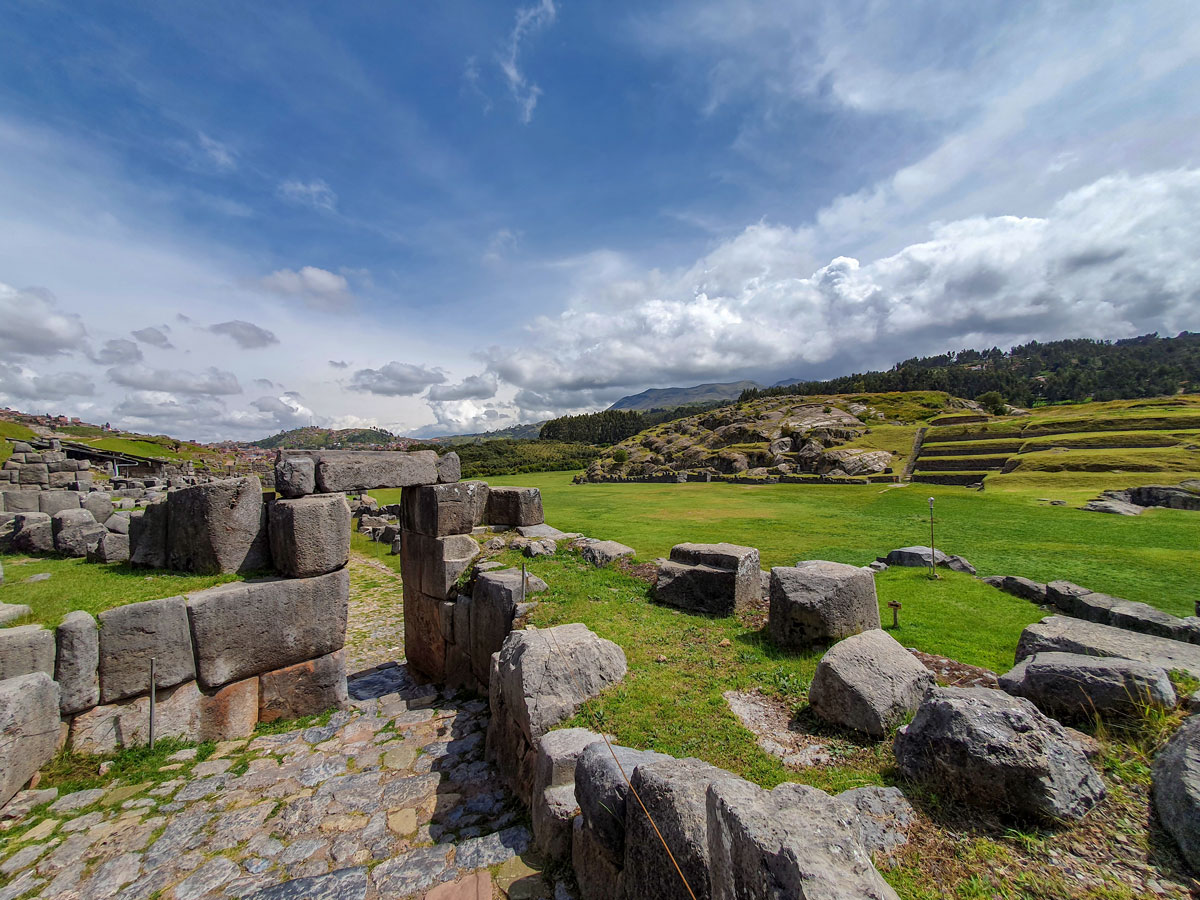 |
Cusco: Sacsayhuaman |
Ceremonial Plazas: Large, open spaces within the complex likely served as gathering spots for ceremonies and social events, showcasing the site's significance as a cultural hub.
How to get there?
Getting to Sacsayhuaman from Cusco is quite straightforward, given its close proximity to the city center. Here are the main options for reaching the site:
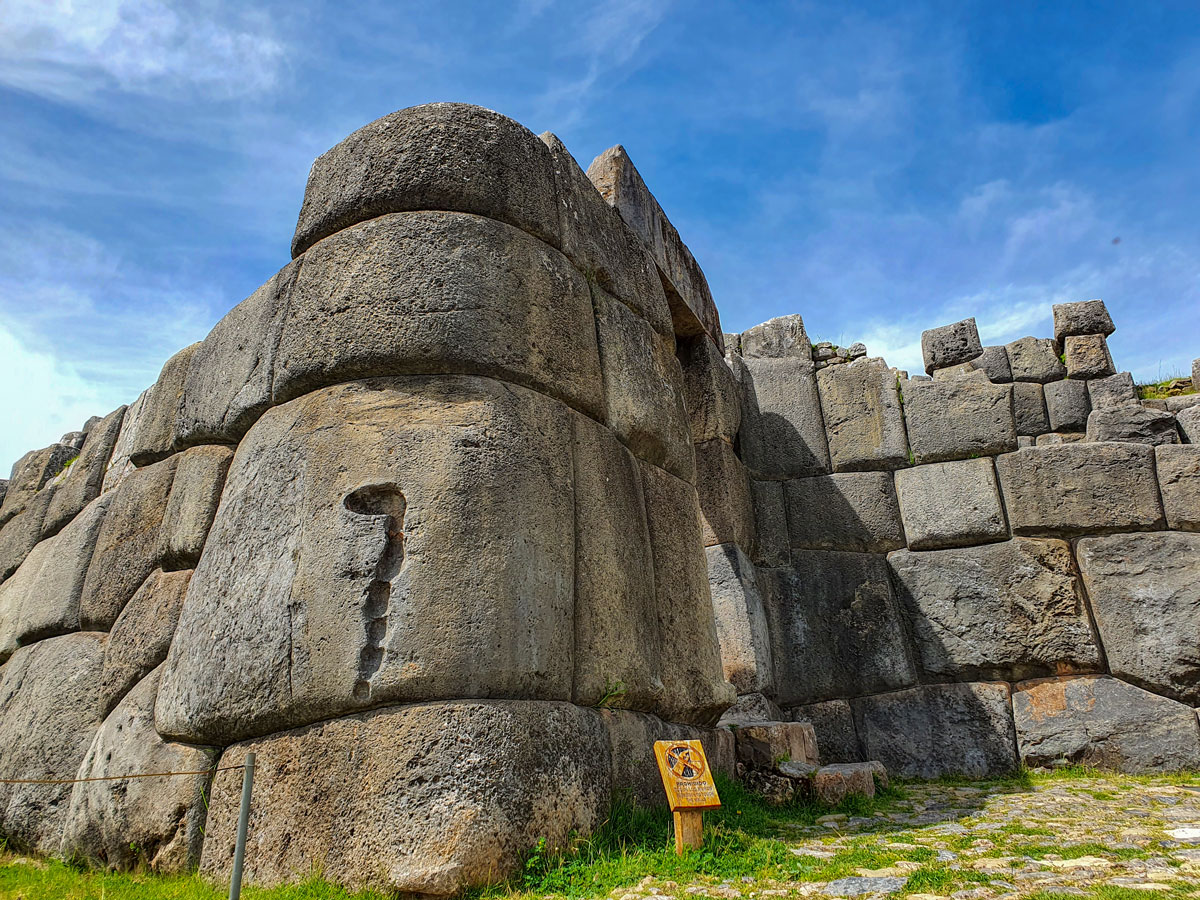 |
Sacsayhuaman City |
Walking
- Distance: About 2 kilometers (1.2 miles) from the Plaza de Armas, Cusco's main square.
- Route: The walk to Sacsayhuaman from downtown Cusco is uphill and can be somewhat steep in places, making it a moderately challenging trek depending on your fitness level. The journey offers a great opportunity to see more of Cusco and enjoy scenic views along the way.
- Time: Approximately 30 to 40 minutes, depending on your pace and how often you stop to take in the views.
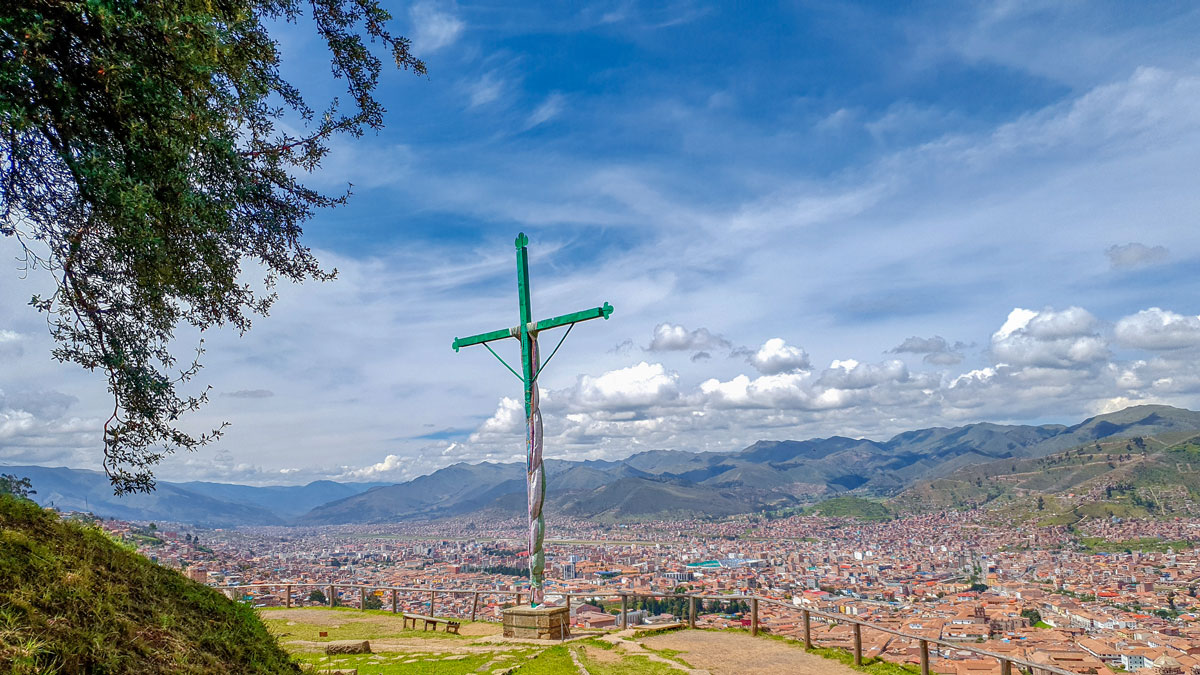 |
Cusco Sacsayhuaman |
Taxi
- Availability: Taxis are readily available throughout Cusco.
- Cost: Prices are reasonable but should be negotiated before you begin your journey. Ensure to agree on the fare with the driver.
- Time: The drive to Sacsayhuaman takes about 10 to 15 minutes from the city center.
- Tip: Some taxis may offer round-trip services, waiting for you during your visit to Sacsayhuaman and taking you back to Cusco for a higher but still reasonable fare.
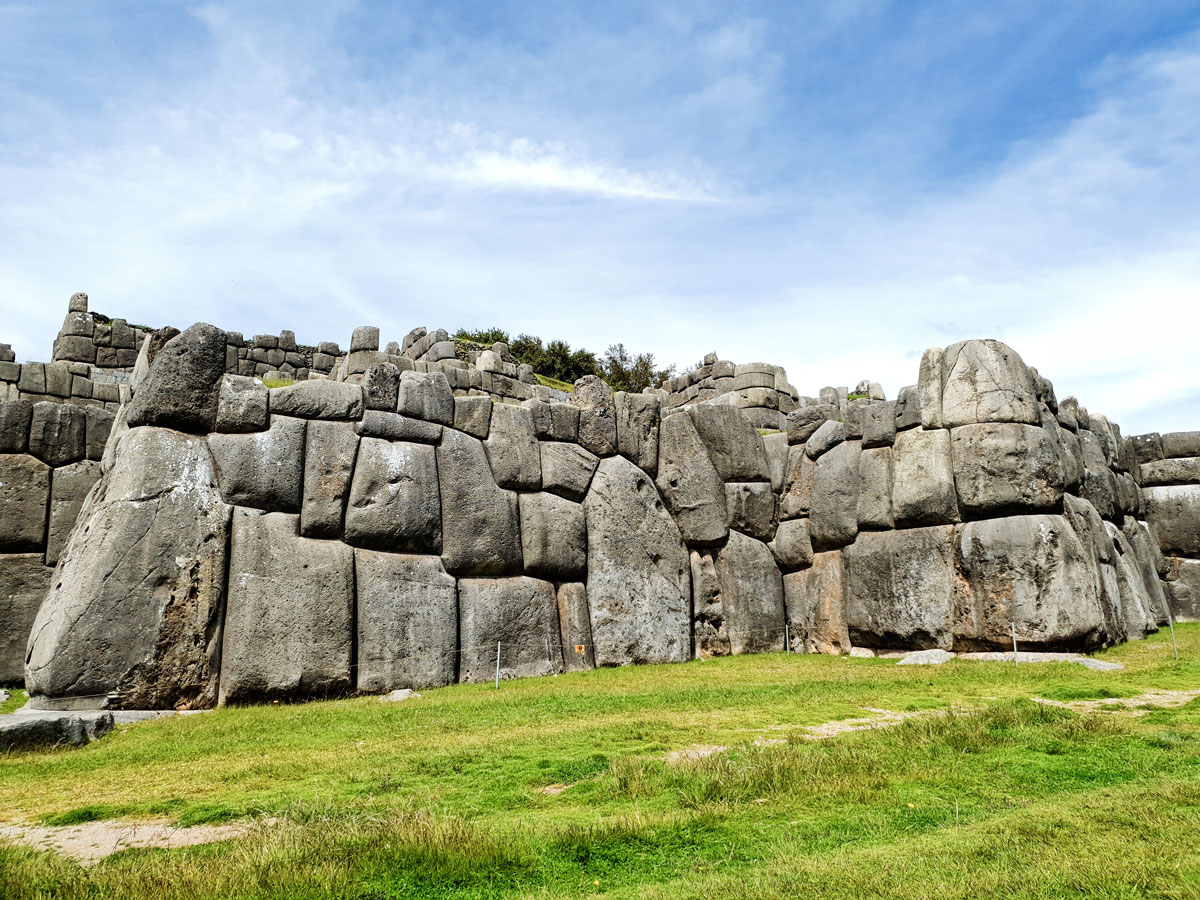 |
Sacsayhuaman |
Tour
- Options: Many travel agencies in Cusco offer guided tours to Sacsayhuaman, often including other nearby archaeological sites such as Q'enqo, Puka Pukara, and Tambomachay.
- Benefits: A guided tour can provide valuable insights into the history and significance of the site, as well as transportation from and back to Cusco.
- Booking: Tours can be booked in advance or through your hotel in Cusco. It's also possible to find tour operators in the Plaza de Armas offering day-of visits.
Public Transportation
- Buses and Colectivos: There are buses and colectivos (shared minibuses) that run near the site. These are the most budget-friendly options but may require a bit of walking to reach the entrance of Sacsayhuaman.
- Instructions: Ask locally for the latest routes and departure points as these can change. Generally, you'll find colectivos in the streets around Plaza de Armas or on Avenida El Sol that head towards Sacsayhuaman.
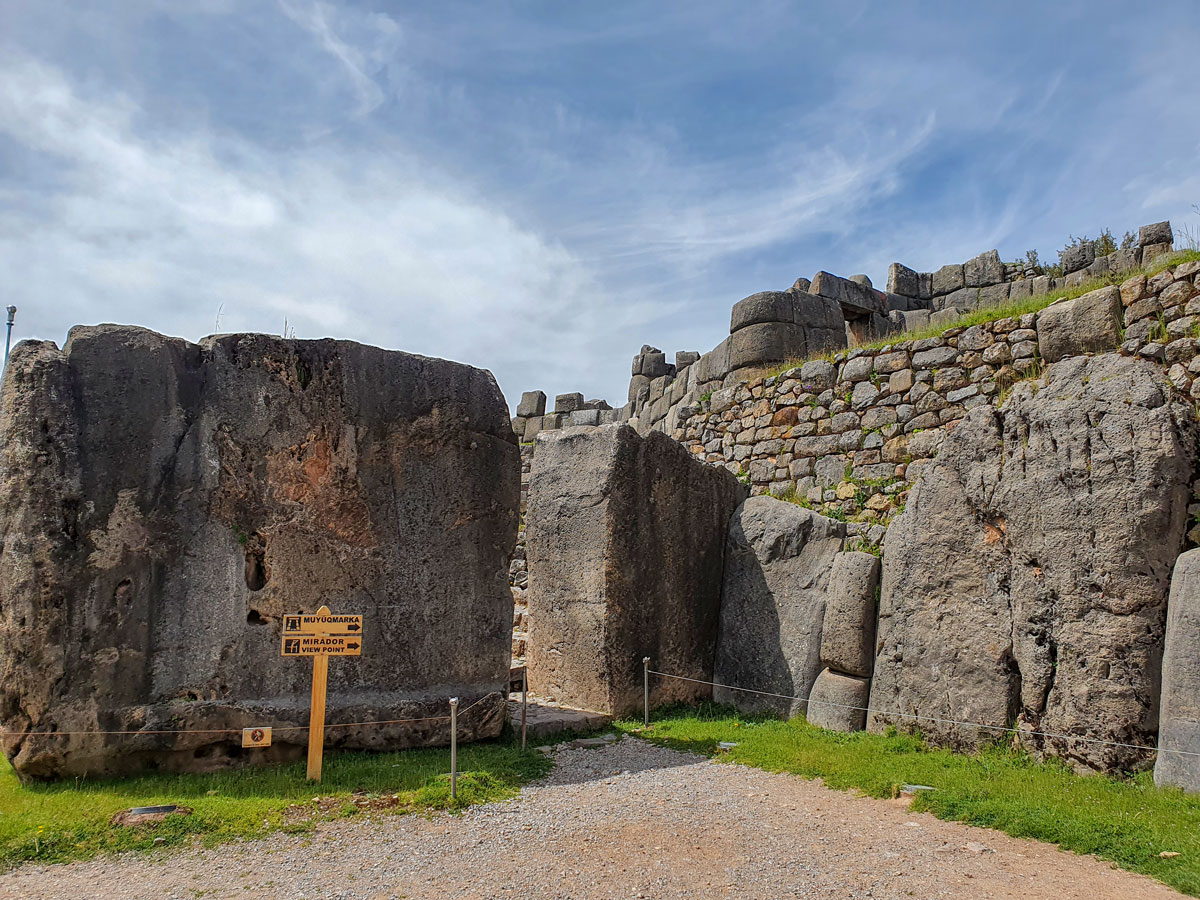 |
Sacsayhuaman |
Tips for travelers
Visiting Sacsayhuaman can be an enriching experience, offering insights into Inca history, architecture, and culture. To make the most of your visit, consider the following tips:
1. Acclimate to the Altitude
Cusco is located at a high altitude (over 3,400 meters or 11,200 feet). Spend a couple of days in Cusco to acclimate before attempting strenuous activities like hiking up to Sacsayhuaman.
2. Purchase the Cusco Tourist Ticket (Boleto Turístico del Cusco)
This ticket provides access to Sacsayhuaman and several other sites around Cusco and the Sacred Valley. There are different types of tickets, so choose the one that best fits your itinerary.
3. Wear Comfortable Footwear and Clothing
Opt for sturdy, comfortable shoes suitable for walking on uneven terrain. The weather can change quickly, so dress in layers and bring a waterproof jacket.
4. Stay Hydrated and Protected from the Sun
The high altitude means the sun is stronger and dehydration occurs more quickly. Carry water with you and use sunscreen, sunglasses, and a hat for protection.
5. Consider Hiring a Guide
While you can explore Sacsayhuaman on your own, hiring a guide can enhance your understanding of its history, architecture, and cultural significance. Guides are available at the entrance or can be arranged in advance through tour companies in Cusco.
6. Plan Your Visit Early in the Day
To avoid crowds and enjoy the site in a more tranquil setting, consider visiting early in the morning. This also offers softer light for photography.
7. Bring Snacks and Water
There are limited facilities for food and drinks at Sacsayhuaman. Pack snacks and water, especially if you plan to spend several hours exploring.
8. Be Prepared for the Weather
The weather in Cusco can be unpredictable, with sunny, hot days quickly turning into cold, rainy afternoons. Check the weather forecast and be prepared for all conditions.
9. Explore the Surrounding Area
Sacsayhuaman is part of a larger network of Inca sites, including Q'enqo, Puka Pukara, and Tambomachay. Consider visiting these nearby sites to gain a fuller understanding of Inca engineering and culture.
By following these tips, you'll be well-prepared to have an enjoyable and meaningful visit to Sacsayhuaman, gaining a deeper appreciation for the Inca civilization's remarkable achievements.
Sacsayhuaman is not just an archaeological site; it's a vivid testament to the Inca civilization's architectural prowess, strategic military thinking, and deep spiritual beliefs. Visiting provides a unique opportunity to step back in time and experience the grandeur of Incan engineering and cultural achievements.
We hope you liked this travel blog, if you have any questions or suggestions feel free to comment! Great day to you!
